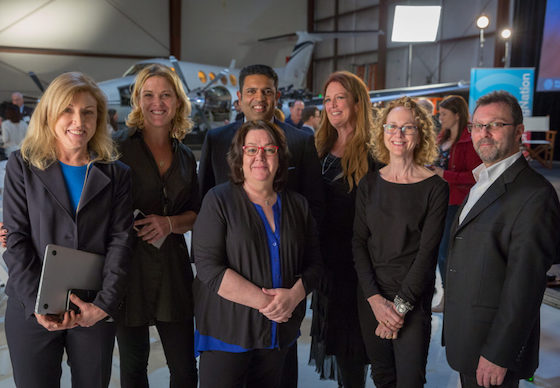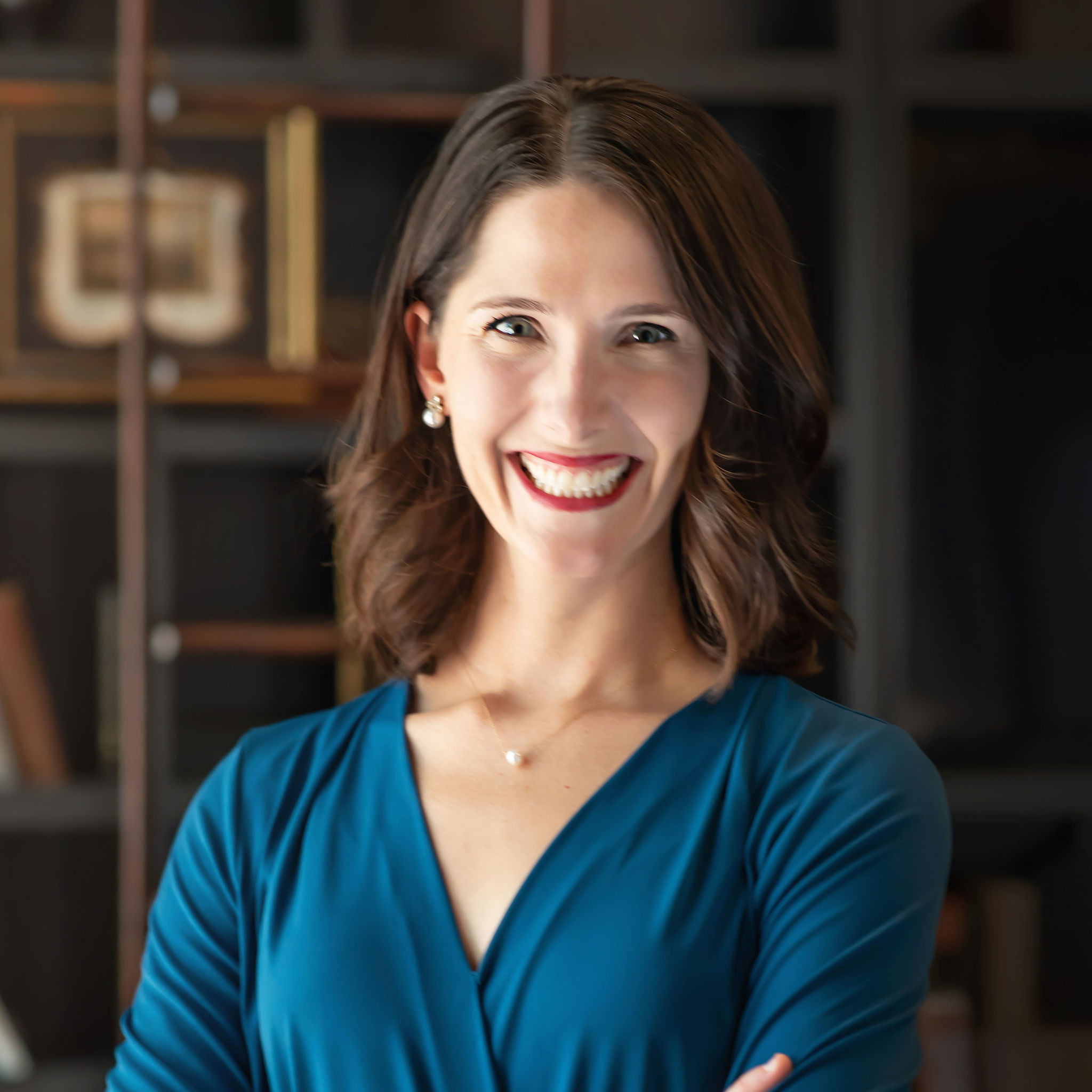The American worker is being outpaced and outsourced at an alarming rate by globalization and automation. A much-referenced Oxford University study predicts that 47 percent of current jobs in the U.S. will be replaced by technology in less than 20 years. This uncertain future may cause a deeply personal anxiety in the average American worker, a feeling that festers in fear and an absence of information.
The belief that journalists focused on solutions and storytelling can illuminate the future of work spurred Poynter to partner with WorkingNation to design “A Journalist's Guide to Covering the Future of Work.” The two-day intensive workshop will be Sept. 27-28 and is free for accepted applicants.
As the Aug. 10 application deadline approaches, I asked WorkingNation Executive Producer Theresa Collington about how the media sets the tone for economic despair, the opportunities reporters miss and how looking at every story as a jobs story can cause a metamorphosis in journalism.
Mel Grau: What do you mean when you talk about improving coverage of the future of work?
Theresa Collington: One goal of the workshop is to change the lens that journalists have when they look at the future of work: I want reporters to focus on people instead of numbers. When we look at the jobs report at WorkingNation, we look at it through the eyes of the 48-year-old worker. Transparently, I happen to be 48. The challenges that we face are that we have kids out of college who we may still be supporting or paying for their loans, we’ve got aging parents who need care, and we’re worried at work that we’re going to be replaced by machines. We need to tell stories that showcase solutions for these people.
Grau: What does solutions-focused journalism look like when covering jobs?
Collington: Reporters need to be transparent about what they need to know and understand so that they can report to the public about the challenges companies face. They need to call a truce with CEOs and business leaders so that we can have candid conversations about globalization, automation, technology. When a company does something that appears to be brilliant and keeps people working, we want to hear about those stories, too. We don’t just want to report on layoffs.
Grau: There’s often a negative tenor about jobs in certain industries being “stolen” by globalization or technology. How does the media narrative impact this?
Collington: At WorkingNation and with this workshop, we try to relax people’s fears and make them open to understanding that their job is going to change – and they can take some ownership of it by learning to change their skill set. We want people to act; we don’t want them to be debilitated and roll over, which you see a lot of. If your dad was a factory worker, and his dad was a factory worker, and you grew up expecting to be a factory worker and now you’re not going to be – it’s in your DNA, people don’t know what to do. We want so passionately to help reporters tell stories that include how-to information for people who are going to be displaced – and demonstrate that people’s work has meaning and purpose, even if it looks different from what they thought.
Grau: You’ve assembled an impressive line-up of instructors, including prominent reporters like Amy Goldstein and Hari Sreenivasan. What will attendees learn from them?
Collington: The theme we expect to emerge is the transformation that these reporters subjectively experienced when they started to cover the future of work through the lens of the 48-year-old worker, like we talked about. Suddenly, you begin to see every story is a jobs story. Amy will tell the background of her book “Janesville: An American Story,” the epiphanies she had writing it and how her mental shift has changed her reporting. Hari is going to talk about how he can’t look around now and not see all of the stories about people intersecting with technology. He’ll talk about how workers feel, how to reach them and how to lessen their fears of being replaced.
Grau: It’s not only reporters who will teach participants. Why did you invite people like Allen Blue, the co-founder of LinkedIn, and Brandon Busteed from Gallup to teach?
Collington: Allen wants to open the hood and show people how to use LinkedIn to report. He will show reporters how to access data, jobs reports and trends on LinkedIn. For example, he’ll talk about how “fail stories” get devoured on LinkedIn. Social media, on one hand, makes everything look rosy, but when the true, transparent stories are told about trial and error, there’s a large audience for them.
Brandon is going to take participants through all of Gallup’s resources. We’ll do a coaching session about how to tell “people stories” that align with Gallup’s numbers.

Grau: What other sessions are you looking forward to?
Collington: The workshop we’re doing with WorkingNation President Jane Oates, Chicago Cook Workforce Partnership CEO Karen Norington-Reaves and JFF President and CEO Maria Flynn is going to be the “things we wished reporters asked us.” They each have traditional government backgrounds, and they’re going to talk about the resources that are available for the job seeker that can help people reskill. Reporters will learn about a ton of new resources they can use to augment their reporting.
We’ll also talk about credentialing with Roy Swift, WorkCred’s CEO. Participants will learn about alternatives to giant degrees that leave people in massive debt. The world of credentialing and certifications is still kind of a wild west, so Swift will teach reporters how to tell a good credential from a bad one and how to report on the credentials that are having the biggest impact.
Grau: You’ve said this workshop is not only for reporters who cover business or the economy. Why would other journalists be interested?
Collington: Because they’re storytellers, and they tell stories about people. An economy story should be about people and their jobs. A political story should be about people and their jobs. We find that people vote based on what they think it’s going to do for their jobs and livelihood. Someone’s job is an extension of who they are, but jobs are changing so much. All the things we thought we knew – go to college, get a good job – is being disrupted. We want to help reporters enrich their storytelling, hit people at the top of their values and present solutions that have a ripple effect in society.
“A Journalist's Guide to Covering the Future of Work” will take place at The Poynter Institute Sept. 27-28, 2018, in St. Petersburg, Florida. Apply here by Friday, Aug. 10.
LinkedIn co-founder Allen Blue and “PBS NewsHour” anchor Hari Sreenivasan will also lead a community conversation about the future of work Sept. 26 at The Poynter Institute. Get your tickets here.







